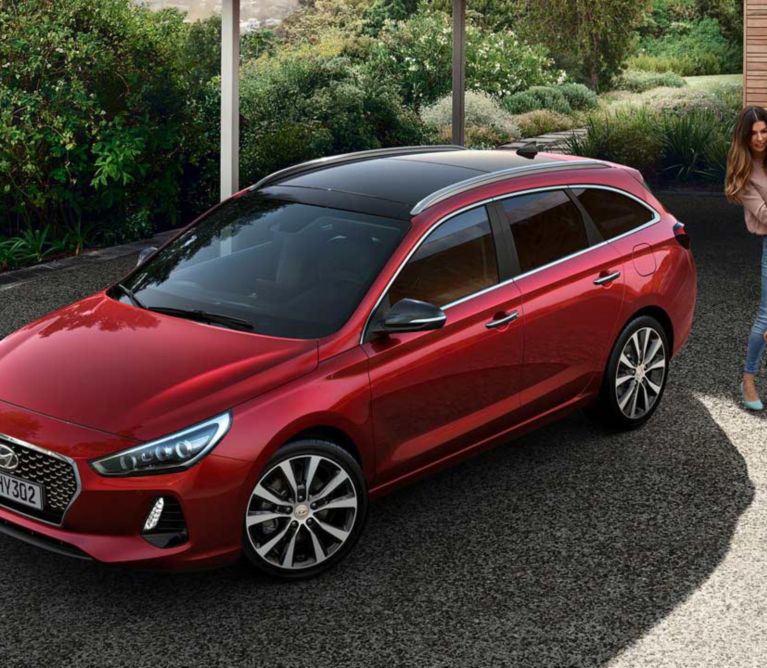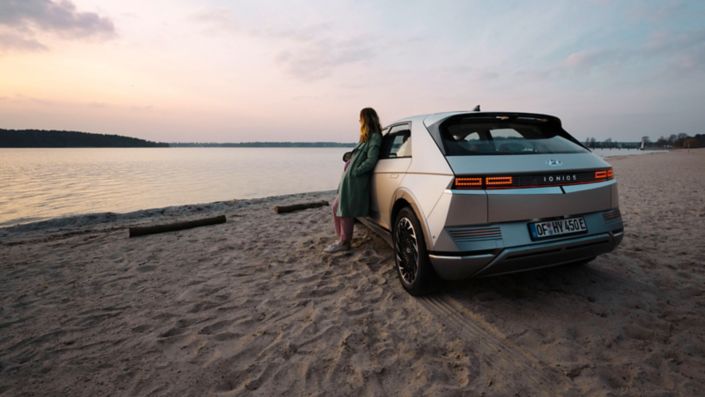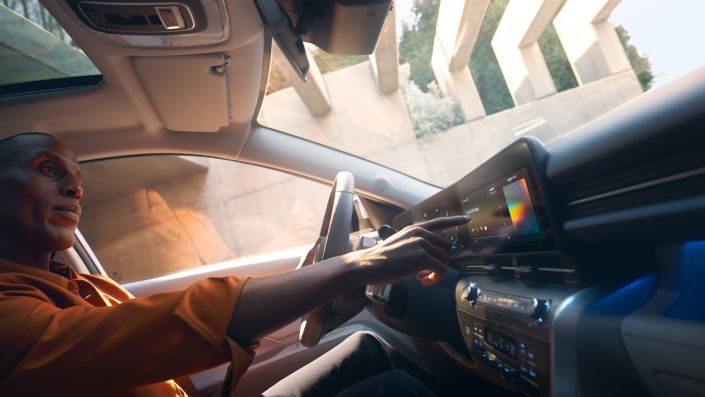If you’re a new parent, the preparation and execution can take time to perfect, and it could be several trips before you find the right formula. To save you from the wrath of bored, tired and sick children, here are a few things to look out for before setting off.
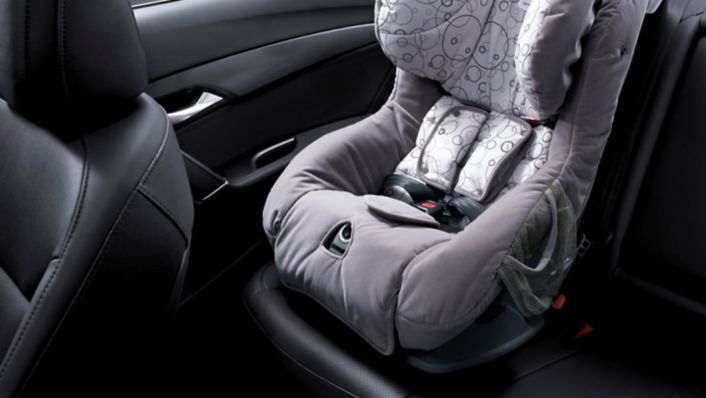
Safety first
It goes without saying that the primary concern of any parent is the safety of their children, and this includes car journeys. Under EU law, seat belts must be used in all vehicles; children over 1.35-metres tall can use an adult seat belt, while those under 1.35-metres must use equipment appropriate to their size and weight. It is against the law to use a rear-facing child seat on the front passenger seat, unless the airbag has been deactivated.
Before buying a booster seat, try it out with your child to check the size and fit – if it makes them uncomfortable, it’s best to find out before you’re halfway on route and the inevitable tantrum begins. Make sure the seat is properly installed, as – according to Safe Kids Worldwide – 73 percent aren’t, usually because they’ve not been secured tightly enough. Thankfully, the ISOFIX brackets in Hyundai’s five-star Euro NCAP safety-rated New Generation i30 make it easy to clip any seat securely in place.
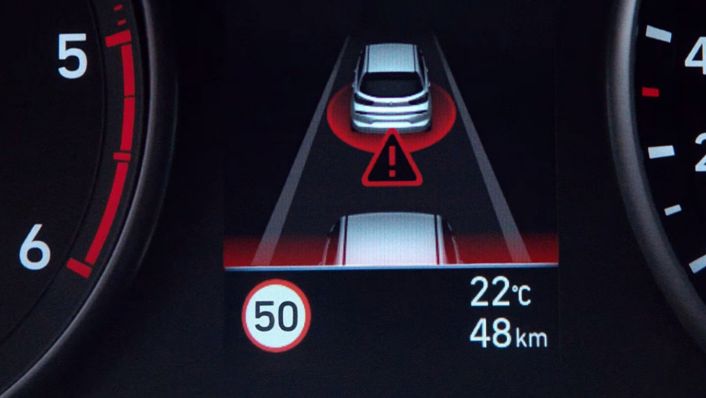
Leave with plenty of time
There’s no avoiding it – driving with children adds another layer of responsibility, and with greater responsibility comes greater stress. If you’re going on a longer drive, if possible it is much better to leave in the morning, when the kids are fresh from a good night’s sleep and well before that time of day when they can start to get a little cranky.
Regardless of what time you set off, however, there’s no guarantee that your offspring will remain perfectly behaved for the entirety of the trip. When they do become an unavoidable distraction, the best-in-class safety package of Hyundai’s new i30 Wagon has you covered.
Its Autonomous Emergency Braking system will warn you acoustically, then take control of the brakes to help avoid a collision if your eyes are diverted from the road, while the Lane Keeping Assist System alerts you acoustically and visually about unsafe movements at speeds over 60 km/h by sensing the car’s position, before inducing corrective steering to guide it back to a safe position.
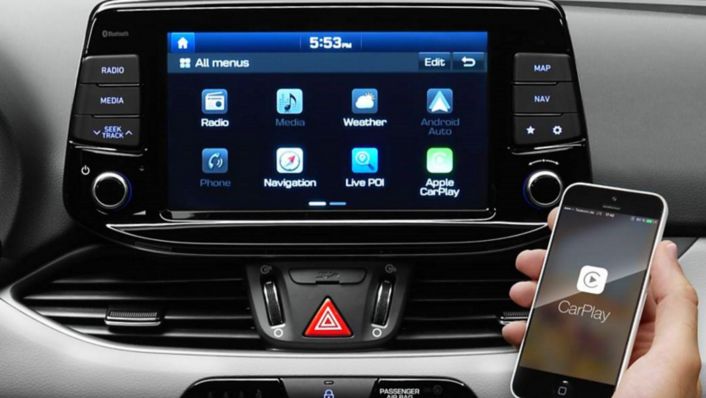
Keep them entertained
Sure, once your children are old enough, you can try distracting them with a smartphone or tablet device. But who wants to raise square-eyed, socially maladjusted kids, while too much screen time whilst on the move is a great way to induce the dreaded travel sickness.
Instead, why not use the Apple CarPlay or Android Auto functionality in Hyundai’s All-New Kona to seamless integrate your smartphone with the car’s Audio or Navigation system. It’ll allow you to entertain kids with their favourite music via an app like Spotify, or enthral them with an audio book on an app such as Audible. Better yet, you can control these with voice commands, keeping you entirely hands-free.
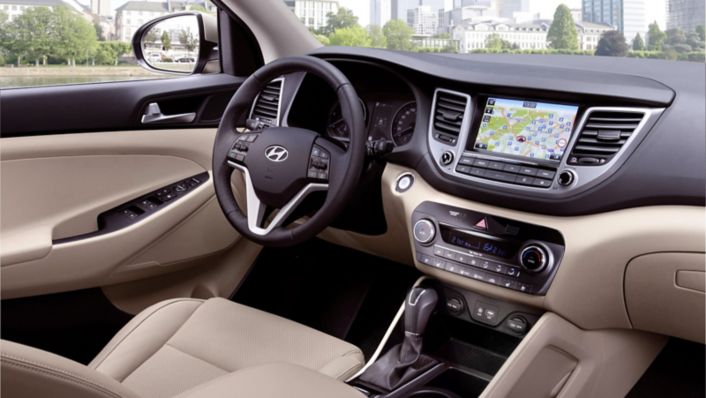
Plan for stops
No matter how comfortable and entertained they are, it’s unrealistic to expect a child to sit still for more than an hour or two. To let them release some of that pent up energy, as well as to give you a much-deserved break, plan for a few stops along the way.
To help you plot the best route before leaving, Hyundai’s LifeTime MapCare™* programme provides free annual map and software updates for all Hyundai cars with a built-in navigation system from 2010 onwards. Covering all of Europe, it can be completed hassle-free during an annual service at your local Hyundai dealer.
Once you’re underway, Apple CarPlay and Android Auto are great for finding any spur of the moment stops. Whether it’s the nearest service station, park or restaurant, you can use voice command to say what you’re looking for, and the system does the rest.
* Lifetime MapCare™ is the commercial term of Hyundai’s subscription to MapCare™ programme by which annual map updates will be provided for the eligible Hyundai vehicles for a minimum period of ten years after the model’s end of production.
Consumption Data
i30*
Gasoline Engines
1.4 MPI (100 PS): Fuel consumption combined: 5.6 - 5.4 l/100 km; urban: 6.8 - 6.6 l/100 km; extra-urban: 4.9 - 4.8 l/100 km; CO2 emissions combined: 130 - 126 g/km
1.0 T-GDi (120 PS): Fuel consumption combined: 5.0 - 4.5 l/100 km; urban: 5.8 - 5.4 l/100 km; extra-urban: 4.6 - 4.0 l/100 km; CO2 emissions combined: 115 - 103 g/km
1.4 T-GDi (140 PS): Fuel consumption combined: 5.5 - 4.8 l/100 km; urban: 6.6 - 5.9 l/100 km; extra-urban: 5.0 - 4.1 l/100 km; CO2 emissions combined: 125 - 109 g/km
Diesel Engines
1.6 CRDi (95 PS): Fuel consumption combined: 3.8 - 3.6 l/100 km; urban: 4.1 – 4.0 l/100 km; extra-urban: 3.6 - 3.5 l/100 km; CO2 emissions combined: 98 - 95 g/km
1.6 CRDi (110 PS): Fuel consumption combined: 4.1 - 3.4 l/100 km; urban: 4.4 – 3.8 l/100 km; extra-urban: 3.9 - 3.2 l/100 km; CO2 emissions combined: 109 - 89 g/km
1.6 CRDi (136 PS): Fuel consumption combined: 4.1 - 3.8 l/100 km; urban: 4.4 - 4.2 l/100 km; extra-urban: 3.9 - 3.6 l/100 km; CO2 emissions combined: 109 - 99 g/km
i30 Wagon*
Gasoline Engines
1.4 MPI (100 PS): Fuel consumption combined: 5.8 - 5.6 l/100 km; urban: 7.0 - 6.9 l/100 km; extra-urban: 5.1 - 4.9 l/100 km; CO2 emissions combined: 136 - 131 g/km
1.0 T-GDi (120 PS): Fuel consumption combined: 5.2 - 4.9 l/100 km; urban: 6.0 - 5.9 l/100 km; extra-urban: 4.6 - 4.4 l/100 km; CO2 emissions combined: 120 - 115 g/km
1.4 T-GDi (140 PS): Fuel consumption combined: 5.5 - 5.0 l/100 km; urban: 6.7 - 6.0 l/100 km; extra-urban: 5.0 - 4.6 l/100 km; CO2 emissions combined: 129 - 114 g/km
Diesel Engines
1.6 CRDi (110 PS): Fuel consumption combined: 4.3 - 3.7 l/100 km; urban: 4.7 - 4.1 l/100 km; extra-urban: 4.1 - 3.5 l/100 km; CO2 emissions combined: 112 - 96 g/km
1.6 CRDi (136 PS): Fuel consumption combined: 4.3 - 3.7 l/100 km; urban: 4.7 - 4.2 l/100 km; extra-urban: 4.1 - 3.6 l/100 km; CO2 emissions combined: 112 - 99 g/km
Kona*
Gasoline Engines
1.0 T-GDi (120 PS): Fuel consumption combined: 5.4 - 5.2 l/100 km; urban: 6.3 - 6.0 l/100 km; extra-urban: 5.0 - 4.7 l/100 km; CO2 emissions combined: 125 - 117 g/km
1.6 T-GDi (177 PS): Fuel consumption combined: 6.7 l/100 km; urban: 8.0 l/100 km; extra-urban: 6.0 l/100 km; CO2 emissions combined: 153 g/km
* Depending on trim and tyre specifications.

